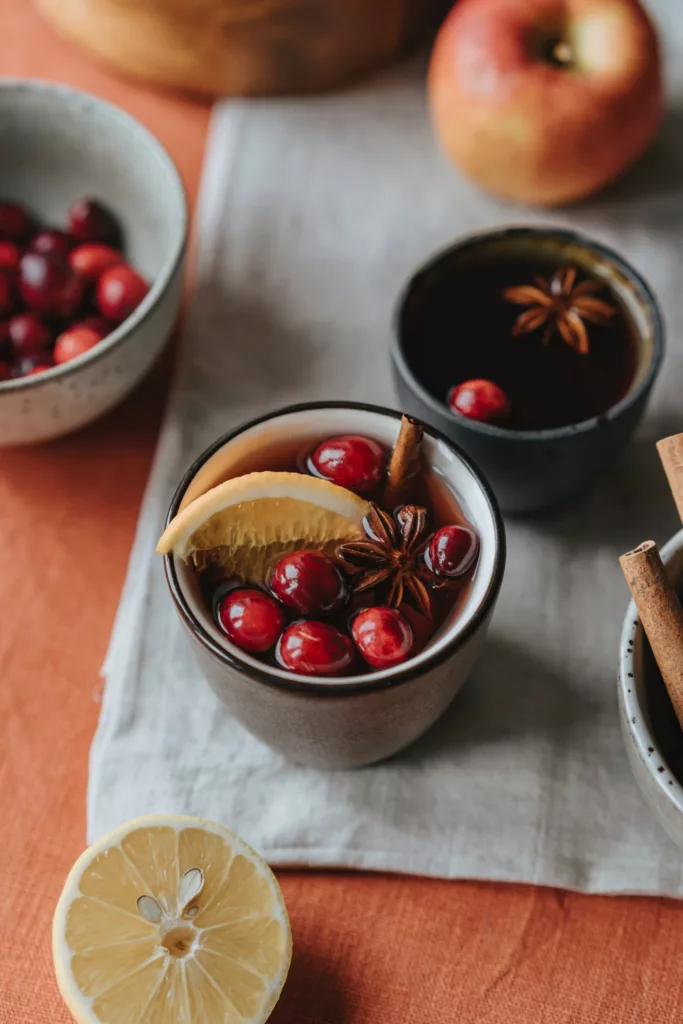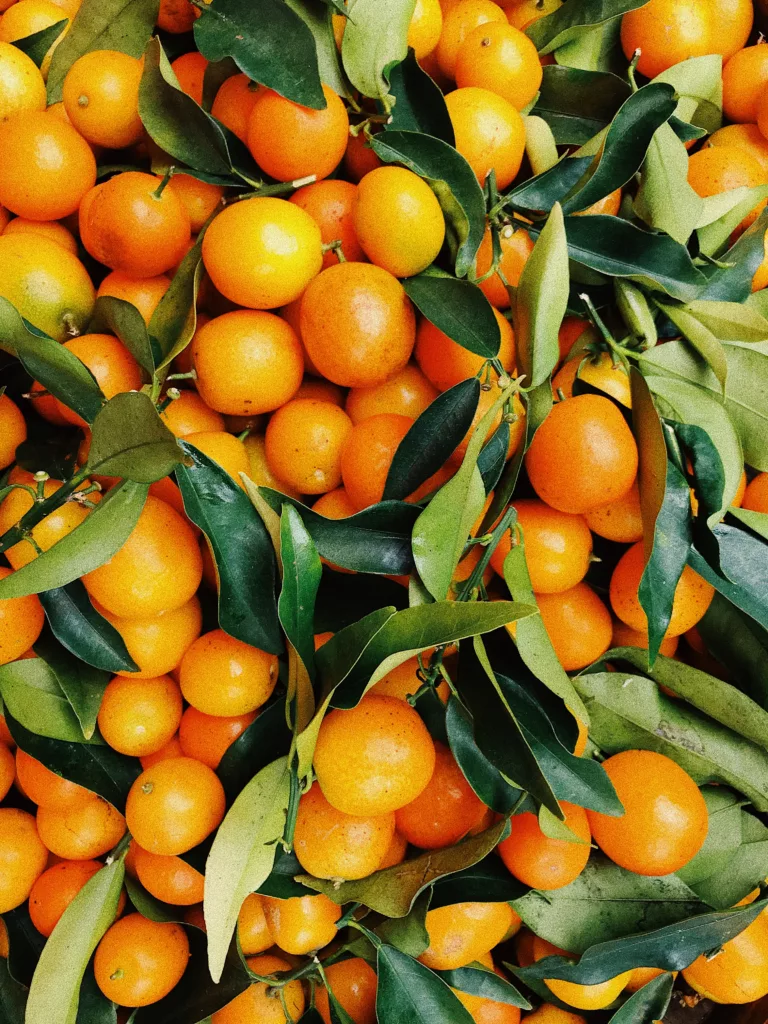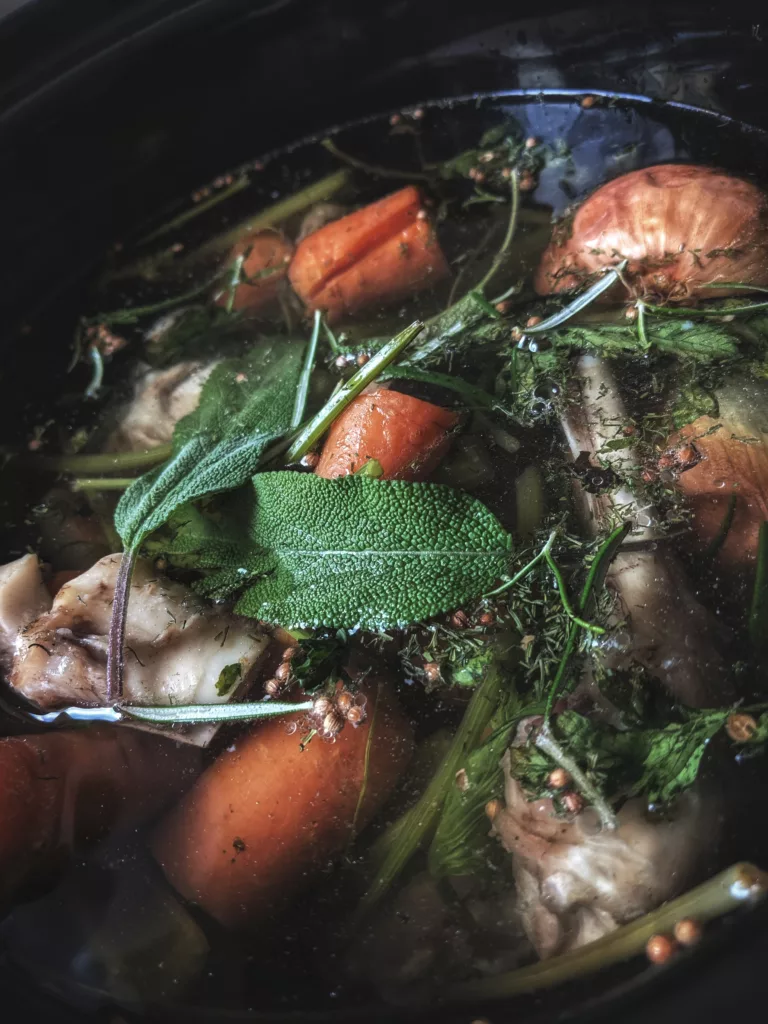In the Garden
Winter is the season of endless possibilities and boundless imagination. As the garden lies dormant, we’re free to let go of past failures and envision a weed-free future. Flip through seed catalogs, sketch out garden layouts, and let your imagination soar. Embrace this slower time to dream big before you begin bringing your vision to life.
— SELECT —
- December
- January
- February
Cover:
Cover any outdoor compost piles to prevent leaching during the winter rains.
Stay prepared throughout winter for cold and freezing nights. A fall planted garden can last through spring if proper care and protection is given
Harvest:
Continue to harvest greens and root vegetables throughout winter
Replenish mulch in your garden with fallen leaves
Order Seeds:
If you haven’t already, order seed books and then order your seeds!
Vegetables:
Seed Indoors – Broccoli, Kale, Cabbage, Head Lettuce, Celery, Kohlrabi
Mow down any fall planted cover crops in late January
Flowers:
Start seeds inside of perennial flowers by the end of the month
Annual flowers with long germination periods like snapdragons and begonias can also be started inside
Vegetables:
Seed Indoors – Tomatoes, Peppers, Basil, Eggplants, Swiss Chard
Direct Seed in mid Febraury – Potatoes, Peas Radishes, Parsley, Carrots
Direct Seed in late February/ Early March – Onion bulbs
In late February begin to harden off the transplants that were seeded in January for planting in early/mid March.
Add compost to garden in preparation for March plantings.
Flowers:
Direct seed – Nigella, Poppy, and Larkspur so they get a few weeks of cold temps to aid in their germination
Around the garden in Winter
While the garden is certainly an important part of enjoying the spring season, there are many other ways to take advantage of the warmer weather and longer days. In this section, we’ll explore some of the best activities and projects to enjoy outside of the garden during the spring months. From yard clean-up and landscaping projects to creating comfortable outdoor living spaces, there are many ways to enhance your outdoor environment and make the most of the season. Whether you’re a seasoned gardener or simply someone who enjoys spending time outside, this section will provide plenty of inspiration and ideas for enjoying the beauty and abundance of spring.
SEASONAL LIVING IN WINTER
Living seasonally is about embracing the natural rhythms and changes of each season, and finding ways to connect with the world around us in meaningful and rewarding ways. In this section, we’ll explore some of the best ways to live seasonally during the winter months. From exploring indoor hobbies and crafts to embracing the danish concept of Hygge there are many ways to make the most of the winter season and celebrate its unique characteristics. Whether you’re looking for new ideas and inspiration or simply seeking to deepen your connection with the natural world, this section will provide plenty of helpful tips and suggestions for living seasonally during the winter.
season of dreaming
Winter, a season of serenity and introspection, provides a perfect backdrop for dreaming. As nature rests under a snowy blanket, we can reflect, envision, and set intentions for the future. In the stillness, our creativity flourishes, and we can explore new ideas and aspirations. Embrace the winter’s tranquility and let your dreams take flight, ready to bloom with the arrival of spring.
hygge
Embrace the Danish concept of hygge, which promotes a cozy and comfortable atmosphere. Create warm and inviting spaces in your home, light candles, use soft blankets, and enjoy hot beverages to cultivate a sense of coziness and contentment.
Self care
Prioritize self-care during the winter months. Take warm baths, practice gentle yoga or meditation, and focus on nourishing your body and mind. Emphasize hydration, moisturize your skin, and get enough rest to support your overall well-being.
indoor hobbies & crafts
Take advantage of the indoor time to explore new hobbies and crafts. Engage in activities like knitting, painting, reading, or playing board games. This can provide a sense of fulfillment and help you embrace the slower pace of the season.
Winter in the Kitchen
By embracing seasonal eating, you can enjoy the freshest, most flavorful ingredients while supporting local farmers and reducing your environmental footprint. In the southeastern US, here are a few ways to tailor cooking and eating practices to reflect a desire to eat seasonally:

SEASONAL BEVERAGES
Explore the world of warm beverages that capture the essence of fall. Sip on spiced apple cider, homemade pumpkin spice lattes, or herbal teas infused with cinnamon and cloves. Experiment with creating your own signature fall-inspired drinks.

Citrus Delights”
Take advantage of the abundance of citrus fruits in winter, including oranges, grapefruits, and lemons. Enjoy them as refreshing snacks, incorporate them into salads or desserts, or create zesty marinades and dressings.

Comforting Roasted Vegetables
Roasting winter vegetables like Brussels sprouts, cauliflower, and root vegetables brings out their natural sweetness and enhances their flavors. Toss them with olive oil, herbs, and spices, and roast them to caramelized perfection.

Broths
Incorporate the nourishing warmth of bone broth and flavorful variety of different broths into your winter cooking. Prepare a nourishing bone broth using poultry, beef, or fish bones, and use it as a base for soups, stews, or as a warming beverage. Experiment with vegetable broths by simmering seasonal vegetables with herbs and spices, or infuse your broths with aromatic ingredients like ginger or star anise for added depth and fragrance. Sip on lighter sipping broths or use them as a base for customizable meals, such as miso soup or noodle dishes. These homemade broths not only offer delicious flavors but also provide comfort and numerous health benefits during the winter season.
What’s In Season
( Winter )
Winter brings forth a surprising abundance of flavors and nourishment, dispelling the notion of scarcity during this chilly season. As the temperature drops, nature bestows upon us a medley of vibrant produce, bursting with taste and goodness. Embrace the hearty allure of cruciferous vegetables like broccoli, cabbage, kale, cauliflower, collards, mustards, turnips, and Brussels sprouts, showcasing their versatility in winter dishes. And let us not forget the vibrant tang of citrus fruits like Satsumas and grapefruit, adding a refreshing zest to the season. While local markets may hibernate during these colder months, fear not, for these delightful crops can still be found gracing the shelves of nearby grocery stores and cooperatives. Join us as we explore the vibrant palette of winter’s seasonal offerings, ready to enliven your kitchen and elevate your culinary adventures
Vegetables
- KALE
- CABBAGE
- COLLARDS
- BEETS
- SWISS CHARD
- MUSTARDS
- TURNIPS
- CARROTS
- ARUGULA
- spinach
- PARSNIPS
- BRUSSEL SPROUTS
- LEAF LETTUCE
- Broccoli
- CAULIFLOWER
Fruits
- SATSUMAS
- GRAPEFRUITS
- LEMONS
- Tangerines
CALENDAR OF FIRSTS
A calendar of firsts serves as a meaningful tool to celebrate and connect with the ever-changing rhythms of nature throughout the year. Its purpose is to document and acknowledge the first occurrences of various events and natural phenomena that mark the transition of seasons. By recording the first blooming flowers, migrating birds, or changing foliage, individuals deepen their awareness of the subtle shifts that unfold in the natural world. This heightened observation cultivates a sense of awe and appreciation for the beauty and diversity of our environment. Moreover, a calendar of firsts invites us to engage in a deeper relationship with the natural world, fostering a sense of connection, mindfulness, and gratitude. It allows us to truly immerse ourselves in the present moment and develop a greater understanding of the intricate cycles that shape our lives and the world around us.
These are general examples for zone 7 in the southeast US. Specific occurances will depend on your regional climate and conditions. Keeping a personal calendar or journal will allow you to capture the unique experiences and observations of each month in your region.
-
First full viewing of Orion in the winter sky
First bite into a local persimmon
First sighting of a wintering waterfowl species (Northern Pintails, Buffleheads, Hooded Mergansers)
First frosty breath in the cold air
-
First snowfall or flurry
First winter sunrise
First frost flower formation
First winter moonlit walk
First appearance of winter-blooming camellias
First sighting of a wintering owl species
-
First notice of a tree budding out
First dip into single digit temperatures
First emergence of early spring bulbs like daffodils, tulips, and hyacinths
First signs of wildlife preparing for mating season
First woodpecker drumming
The Night Sky
Looking up at the night sky can be a breathtaking experience, and each season offers its own unique celestial events and wonders. From meteor showers and comets to planetary alignments and constellations, the night sky can be a source of wonder and inspiration. In this section, we’ll explore some of the most notable celestial events that you can observe during each season of the year. Whether you’re a seasoned astronomer or simply someone who enjoys stargazing, this section will help you connect with the natural rhythms of the universe and appreciate the beauty and mystery of the night sky.
The Geminids meteor shower reigns as the supreme spectacle among meteor showers. Widely regarded as the most magnificent display in the celestial realm, it dazzles with up to 120 multicolored meteors per hour during its peak. This stunning phenomenon is caused by remnants from the asteroid 3200 Phaethon, first observed in 1982. The shower occurs annually from December 7 to 17, captivating sky gazers with its celestial splendor.
The Cold Moon, as it was called by early Native American tribes, marks the arrival of cold winter air and the lengthening of dark nights. It is also referred to as the Long Nights Moon and the Moon Before Yule, representing the approaching winter solstice.
Early Native American tribes referred to this full moon as the Wolf Moon, for it was during this period that the haunting howls of hungry wolf packs echoed through the night, just beyond their camps. The Wolf Moon was a name that captured the primal connection between nature and the tribes. Additionally, it was known by other names such as the Old Moon and the Moon After Yule, further reflecting its significance in marking the passage of time and the transition into a new year.
Early Native American tribes bestowed the title of the Snow Moon upon this full moon, as it coincided with the season of heaviest snowfall. Its arrival marked a challenging time for hunting due to the harsh weather conditions, leading some tribes to refer to it as the Hunger Moon. This designation reflected the scarcity of resources and the difficulties faced in procuring sustenance during this unforgiving period.
Important Dates To remember during Winter
Discover the crucial dates that shape your gardening and seasonal living journey.
Winter Solstace – december
The winter solstice, also known as the hibernal solstice, is a celestial event that takes place around December 21st or 22nd in the northern hemisphere. It signifies the shortest day and longest night of the year as the sun reaches its lowest point in the sky. During the winter solstice, there is a sense of profound transition as we bid farewell to the diminishing daylight and welcome the onset of winter. It holds cultural and spiritual significance, prompting celebrations and rituals that honor the return of light and the rebirth of the sun. It offers a time for reflection, intention-setting, and embracing the stillness of winter, inviting individuals to find solace in the quietude and draw inward for renewal and contemplation.

